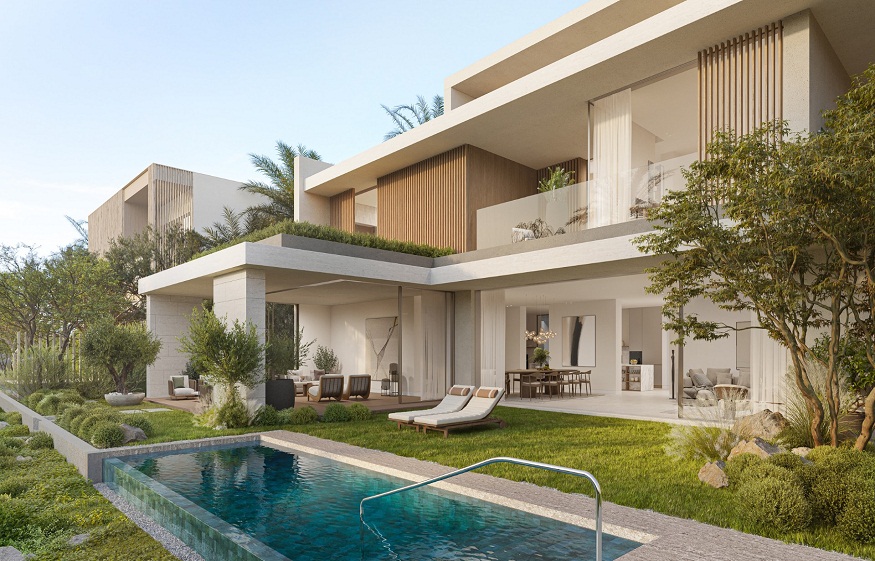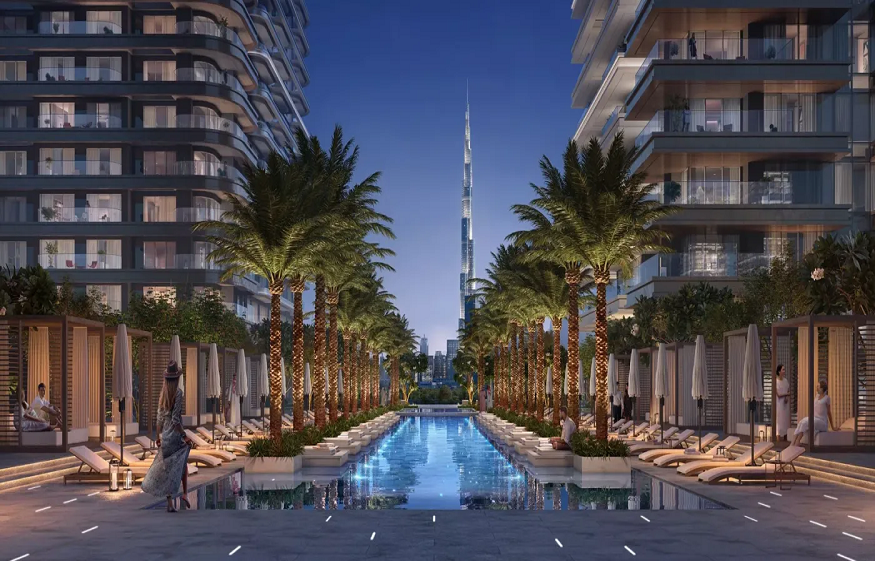Buying an off-plan property in Dubai is a major decision and an exciting step toward homeownership or investment in one of the world’s most dynamic markets. The appeal of off-plan properties often lies in their affordability, modern designs, and flexible payment structures. Yet, once the initial contract is signed and the deposit paid, many buyers find themselves wondering what comes next. The process after purchase is a structured journey that involves regular communication with the developer, payments tied to construction milestones, inspections, and finally, the much-anticipated handover.
Understanding what happens after your purchase ensures that you’re well-prepared for each stage. It helps you stay financially organised, avoid surprises, and ensure your investment remains protected under Dubai’s property laws. Let’s explore in detail what to expect in the months and years following your purchase, and how the handover process works from start to finish.
Understanding the Post-Purchase Timeline
Once you’ve finalised your contract and made your initial payment, your journey truly begins. Buyers of off plan projects in dubai are introduced to a carefully planned schedule that outlines how the development will progress. This includes expected completion dates, payment milestones, and the developer’s obligations. The timeline usually extends over two to four years, depending on the scale and complexity of the project.
During this time, developers are required to keep buyers updated about the construction process. Regular progress reports, photos, and newsletters are typically shared every few months. These updates give buyers a clear idea of how far along the project is, including milestones such as the completion of the foundation, structure, and internal works. Staying informed helps you plan your finances accordingly and ensures transparency between both parties.
The Construction and Payment Process
After your purchase, one of the first things you’ll notice is the structured payment plan tied to construction progress. Unlike traditional purchases where you pay the full amount upfront or through a mortgage, off-plan developments allow installments aligned with milestones. A typical plan might include 10% at booking, another 10% at ground-breaking, and subsequent payments when the project reaches 30%, 60%, and 90% completion. The final payment is usually due upon handover.
All payments are made into a secure escrow account registered with the Dubai Land Department (DLD). This system ensures that funds are only released to the developer once specific construction stages are verified. It’s a measure designed to protect buyers from project mismanagement or delays. Buyers are encouraged to keep all payment receipts and review periodic reports issued by the DLD, which confirm that construction is progressing as scheduled.
Developer Communication and Progress Reports
Communication is crucial throughout the entire post-purchase phase. Reliable developers in Dubai prioritise transparency by offering buyers access to online portals or customer service teams who can provide project updates. These reports include timelines, images, and even virtual tours for major developments. The purpose is to keep buyers informed, confident, and connected to their investment.
If any delays or challenges arise, developers must inform buyers officially. While Dubai’s regulatory framework under RERA (Real Estate Regulatory Agency) has minimised the risk of severe project delays, unforeseen factors like material shortages or regulatory approvals can occasionally affect timelines. In such situations, buyers can refer to RERA for clarification or intervention if needed.
Quality Inspections Before Handover
As the completion date approaches, the excitement builds. Developers typically send a pre-handover notice inviting buyers to inspect their units. This inspection is vital, as it’s your opportunity to ensure that the property matches the specifications promised in your contract. During the inspection, check for issues such as uneven finishes, faulty fittings, or incomplete installations.
Engaging a professional snagging company is highly recommended. These experts thoroughly examine your property and prepare a detailed report highlighting any defects. The developer is legally obligated to address these issues before the handover takes place. This process ensures that buyers receive a high-quality property that aligns with Dubai’s construction standards and the developer’s commitments.
The Handover Process Explained
When the project is declared ready for occupancy, you’ll receive a completion notice from the developer. This notice outlines the steps to finalise ownership and take possession of your unit. Usually, you’ll need to pay the final instalment, clear outstanding service fees, and provide proof of payment for utility connections. Once these administrative details are complete, a handover date is scheduled.
On the handover day, you’ll have one final opportunity to inspect the property. If everything is in satisfactory condition, you’ll sign the handover form and receive your keys. It’s also the moment to obtain documents such as your completion certificate and warranty details for fittings and finishes. This marks the official transfer of possession, and for many, it’s the most rewarding milestone in the entire process.
Registering Ownership and Obtaining Title Deeds
After handover, the next step is to formalise ownership through the Dubai Land Department. The developer often assists with the submission of documents, which include your passport, Emirates ID (if applicable), and your signed Sales and Purchase Agreement. Once processed, the DLD issues a title deed, confirming that the property is now officially registered in your name.
The title deed is an essential document, serving as legal proof of ownership. It’s also required for any future transactions such as selling, refinancing, or leasing the property. The DLD’s streamlined registration system ensures transparency and efficiency, making this stage relatively straightforward for buyers.
Moving In and Setting Up Utilities
Once you have the keys and title deed, it’s time to prepare your new home for occupancy. You’ll need to apply for electricity and water connections with Dubai Electricity and Water Authority (DEWA), and if applicable, arrange gas and internet services. Some communities may already have these utilities pre-installed, but activation fees may still apply.
Before moving in, it’s sensible to do one last check of the property to ensure everything works perfectly. Switch on the air conditioning, test water pressure, inspect electrical outlets, and look for any small issues that may have emerged since inspection. Developers usually offer a warranty period — typically one year for interior finishes and up to ten years for structural elements — allowing buyers to request repairs for any defects discovered after handover.
Post-Handover Responsibilities and Community Living
Becoming a homeowner in Dubai’s master-planned communities comes with shared responsibilities. You’ll need to pay annual service charges that contribute to maintaining communal areas, landscaping, cleaning, and security. These fees are regulated by RERA and calculated based on your property’s size and facilities.
Familiarising yourself with community guidelines ensures smooth living and avoids unnecessary conflicts. Many communities have homeowners’ associations or management companies responsible for day-to-day operations. Building relationships with them helps you stay informed about maintenance schedules, upcoming projects, and events within the development. Engaging with the community also enhances your living experience and helps maintain property value over time.
Preparing for Potential Delays or Adjustments
Although the property market in Dubai is highly regulated and transparent, delays can still occur in rare instances. Factors like supply chain disruptions, design changes, or global economic conditions may impact delivery schedules. When this happens, developers must communicate openly and update buyers on revised completion timelines.
As a buyer, it’s wise to stay proactive. Always ensure your purchase is with a RERA-approved developer, and that your payments are made strictly through the official escrow account. Keeping detailed records and maintaining open communication helps avoid misunderstandings. If you suspect a significant delay or issue, RERA can mediate and ensure that your rights are upheld under Dubai’s property laws.
Final Thoughts
Buying an off-plan property in Dubai is more than just an investment; it’s a long-term commitment that unfolds through a series of carefully managed stages. From the moment you sign the agreement until you receive your keys, each phase plays a vital role in ensuring your purchase is safe, transparent, and rewarding.
Understanding what happens after the purchase helps you set realistic expectations, plan finances, and make informed decisions. With Dubai’s robust regulatory system, secure escrow framework, and developer accountability, the process is more reliable than ever. Whether you’re planning to move in or rent out your new property, patience and preparation will make the experience smoother and more fulfilling.
Dubai continues to strengthen its position as a global property investment destination, offering a blend of innovation, security, and long-term value. For buyers who stay informed and engaged, the journey from blueprint to handover can be both exciting and deeply rewarding — a clear reflection of Dubai’s vision for excellence in property ownership.





